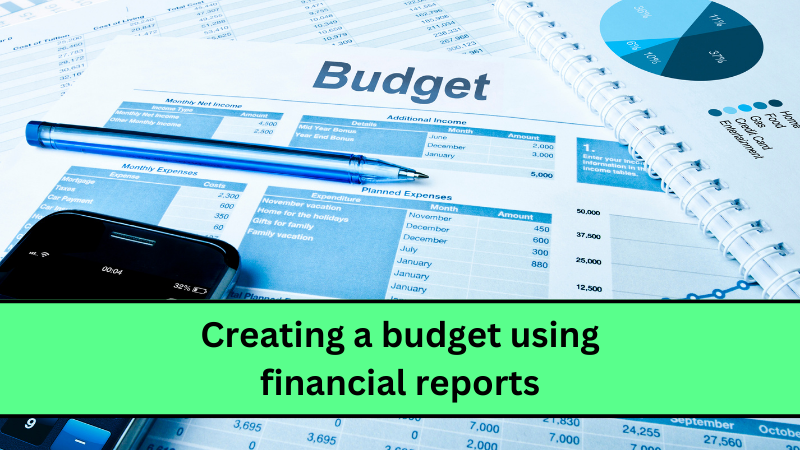In our last article, we highlighted three ways to analyze financial reports. As we discussed,
documents including the income statement and key performance indicators (KPIs) such as
current ratio and quick ratio can give you valuable insight into what’s going on in your
company. For a small business owner, it’s critical to keep a close eye on all these reports and KPIs.
But with the right experience and tools, you can squeeze even more juice, so to speak, from
your financials. Creating a budget is one of the best places to start. Surprisingly, many smaller
companies just wing it, and never formalize an operating budget at all. This is to their own
detriment, because the act of budgeting forces a disciplined approach to decision making and
prioritizing.
If you think of budgeting as too constraining, remember that a budget can be amended if
conditions warrant and as new information is gathered.
If you avoid budgeting because you fear it’s too complicated or time-consuming, you should re-
evaluate your thinking. While it will require some effort, with expert help it can be a very
fruitful exercise that makes your company more productive and profitable over time.
So how do financial reports connect to budgeting? At a very high level, glean patterns and trends from your data, and then build out simple projections of all major revenue and expense categories for the coming year or even three or six-month period.
Be realistic about your estimates and draw on other sources of information – both internal and
external – to increase your projections’ accuracy as much as possible.
Of course, there is a lot more granularity to it than what we’ve outlined here, but even taking a
few simple steps will go a long way towards your budgeting progress.
If you want help developing your budget, contact us at info@sbsaccountants.com or 770-284-5537 today for your budgeting consultation.

